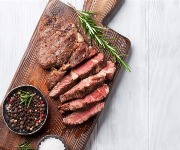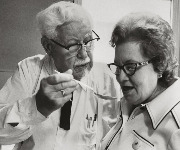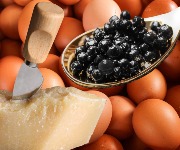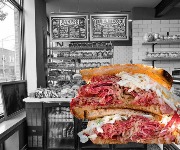Guide to game: Why don't Indian chefs use game more?
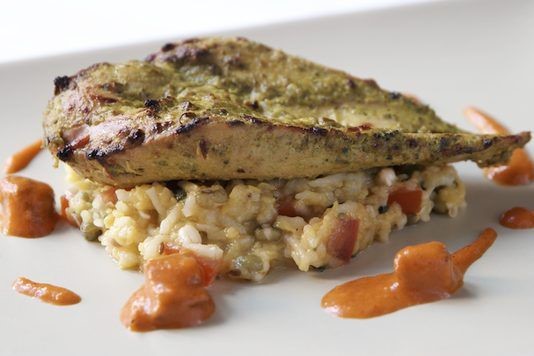
Game can take spice and heat with ease, yet it's rarely seen on Indian menus. Humayun Hussain finds out why
Indian cuisine is arguably the nation’s favourite food and yet, when it comes to expanding its horizons and being culinary imaginative, Indian chefs will often resort to formulaic dishes. Just as Indian restaurant menus fail to serve up vegetables such as asparagus or beetroot, uplifting salads or more contemporary and less sugary desserts, game is also noticeable by its absence on many Indian restaurant menus.
Food of the elite
Even if it is in evidence, game has become the bastion of the elite of Indian chefs. They have been trained in some of India’s most prestigious Indian hotel groups, have a good understanding of ingredients and different cooking methods, and when heading the kitchens of the UK’s most upmarket Indian restaurants, they have the clout to utilize different produce and meats.
On the menu
Vivek Singh, executive chef of The Cinnamon Club, who recently co-hosted the Indian Game Dinner event at The Bildeston Crown, says that he ensures he has several games dishes on his A la carte menu during the height of the game season. Amongst the current selection are partridge breast with pickling spices, green spiced pheasant breast with moong kedgeree and clove roast mallard with kadhai sauce and masala rice.
‘I find using game to be exciting because it enhances my menu,’ adds Singh. ‘There are so many different textures within the game repertoire, which in turn means that you have to apply different cooking methods and varying spices. These factors can all prove to be an obstacle for chefs who lack the necessary skill or knowledge on how best to use game.’
The end of a tradition
Though there is great evidence to show that the hunting and eating of game was quite prevalent in India, particularly during the feudal and colonial period, subsequent legislation banned the killing of all wild animals and game was no longer a part of Indian cuisine.
Ajmal Mushtaq, chef-director of Mushtaq’s, where he uses game such as partridge and pheasant, echoes Singh’s sentiments, but adds that as there is no longer any tradition of cooking game in the sub-continent, this has carried over to Indian chefs in the UK.
‘The reason why Indian chefs don’t use game,’ says Mushtaq, ‘is that other than having no game cooking heritage, they tend to stick to the tried and tested dishes, which are of course popular in themselves. Game is unknown terrain for them and they don’t want to deal with meat they are unfamiliar with.’
Game’s reintroduction
Singh advises that chefs who find game to be quite alien should do their research and use the easy to prepare, entry-level game items such as venison, available throughout the year, and pheasant and partridge.
‘Game lends itself to tandoori cooking very well,’ he notes, ‘and a simple malai-style marinade of yoghurt, mace and cardamom offers the perfect partnership to pheasant. However, for darker hued game such as venison, partridge and grouse, the classic red tandoori marinade is best. Alternatively, wintery spices such as clove and nutmeg also work well with the latter and bring out the flavour of game beautifully.’
Most Recent
Comments
Be the first to comment
Do you want to comment on this article? You need to be signed in for this feature
